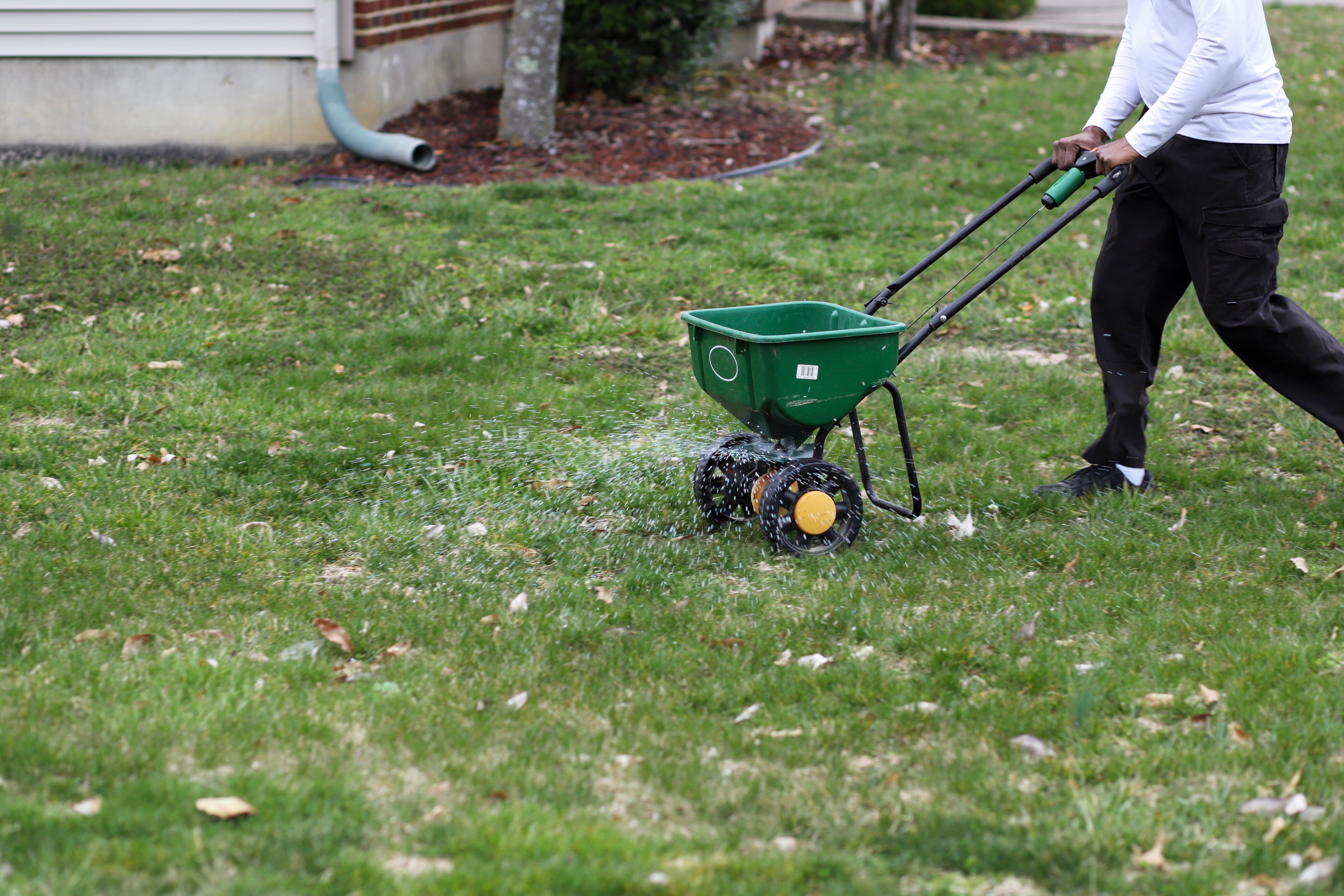

Articles
When To Put Fertilizer On Lawn
Modified: March 28, 2024
Learn the best time to apply fertilizer to your lawn. Read helpful articles on lawn care and find out how to keep your grass healthy and green all year round.
(Many of the links in this article redirect to a specific reviewed product. Your purchase of these products through affiliate links helps to generate commission for Storables.com, at no extra cost. Learn more)
Introduction
Having a lush, green lawn is the dream of every homeowner. Maintaining a healthy lawn requires regular care and attention, and one essential aspect of lawn maintenance is fertilization. Properly applying fertilizer to your lawn can provide the necessary nutrients and promote healthy growth.
However, knowing when to put fertilizer on your lawn can be a bit tricky. Applying fertilizer at the wrong time can be ineffective or even detrimental to your grass. To ensure that your lawn gets the maximum benefit from fertilization, it’s important to consider a few key factors before applying fertilizer.
In this article, we will explore the factors to consider before applying fertilizer, the signs that indicate your lawn needs fertilization, the different types of fertilizers available for lawns, the best time to apply fertilizer, how to properly apply fertilizer, and common mistakes to avoid when fertilizing your lawn.
By the end of this article, you will have a comprehensive understanding of when and how to put fertilizer on your lawn, helping you achieve that vibrant and healthy lawn you’ve always wanted.
Key Takeaways:
- Properly timing your lawn fertilization is crucial. Factors such as soil health, grass type, and environmental conditions must be considered to ensure effective nutrient absorption and promote healthy growth.
- Avoid common fertilization mistakes like over-fertilization, incorrect timing, and uneven distribution. Following proper application techniques and post-fertilization care will result in a lush, envy-worthy lawn.
Read more: When To Fertilize Florida Lawns
Factors to Consider Before Applying Fertilizer on Your Lawn
Before applying fertilizer to your lawn, it’s important to take into account several factors to ensure that you are doing it correctly. These factors will help you determine the specific needs of your lawn and choose the right type and amount of fertilizer to apply.
Soil Test: Conducting a soil test is crucial before applying fertilizer. A soil test will provide you with valuable information about the pH level of your soil and the nutrients it lacks. This will help you determine which type of fertilizer to use and in what quantities.
Grass Type: Different grass species have different nutritional requirements. Knowing your grass type will enable you to choose a fertilizer that meets its specific needs. Warm-season grasses, such as Bermuda grass or Zoysia grass, require different nutrients and fertilizer formulations compared to cool-season grasses like Kentucky bluegrass or tall fescue.
Environmental Conditions: Environmental factors such as sunlight, temperature, and rainfall also play a significant role in determining when to apply fertilizer. For example, during hot and dry periods, it may be best to avoid fertilizing as it can stress the grass even more. Conversely, in cooler temperatures, fertilizing can help promote root growth and prepare the lawn for the upcoming growing season.
Lawn Health: Assessing the health of your lawn is essential before applying fertilizer. If your lawn is struggling with issues such as weeds, pests, or diseases, it’s important to address these problems before fertilizing. Applying fertilizer to an unhealthy lawn can exacerbate these issues and result in further damage.
Time of Year: The time of year also affects when to apply fertilizer. Different seasons bring varying needs for your lawn. During the spring, for example, fertilizing can help kickstart growth and provide essential nutrients for the active growing season. In the fall, fertilizing can strengthen the lawn’s roots and prepare it for winter dormancy.
Taking these factors into account will help you make informed decisions about when and how to apply fertilizer to your lawn. By understanding your soil composition, grass type, environmental conditions, and the specific needs of your lawn, you can ensure that your fertilization efforts are targeted and effective.
Signs That Your Lawn Needs Fertilizer
Knowing when your lawn needs fertilizer is essential to maintain its health and appearance. While there are no specific guidelines for how often to fertilize, certain signs can indicate that your lawn is in need of a nutrient boost. By recognizing these signs, you can determine when it’s time to apply fertilizer to your lawn.
Fading Color: If you notice that the color of your grass appears dull or has begun to fade, it may be a sign that your lawn is lacking essential nutrients. A healthy lawn should have vibrant green grass, and any significant deviation from this color may indicate a need for fertilization.
Slow Growth: If your grass is growing at a slow rate or has stopped growing altogether, it may be an indication that the soil lacks the necessary nutrients to support proper growth. Fertilizing can provide the essential nutrients needed to promote healthy and consistent growth.
Poor Weed Resistance: A healthy, well-nourished lawn is more resistant to weed growth. If you start to notice an increase in weeds throughout your lawn, it could be a sign that your grass is not receiving the nutrients it needs to compete with unwanted plants. Fertilizing can help strengthen your lawn and make it more resilient against weed invasion.
Bare Patches or Thinning Grass: If your lawn has areas with bare patches or thinning grass, it might be an indication of nutrient deficiencies. Fertilizing can help promote the growth of new grass and fill in these problem areas, resulting in a fuller and healthier lawn.
Compacted Soil: Soil compaction can prevent the proper absorption of nutrients by the grass roots. If you notice areas of your lawn that have compacted soil, fertilizing can help improve soil structure and enhance nutrient uptake.
High Foot Traffic: Lawns that experience heavy foot traffic, such as those with children, pets, or regular gatherings, may require more frequent fertilization. Excessive use can deplete the soil of nutrients, which can be replenished through fertilization.
Lack of Previous Fertilization: If it has been a while since you last fertilized your lawn or if you have never fertilized it, it is likely time to give your lawn a nutrient boost. Regular fertilization is key to maintaining the health and vitality of your lawn.
By closely monitoring the condition of your lawn and keeping an eye out for these signs, you can identify when your lawn needs fertilizer. Applying fertilizer at the appropriate time will help rejuvenate your lawn and provide the necessary nutrients for it to thrive.
Different Types of Fertilizers for Lawns
When it comes to fertilizing your lawn, it’s important to choose the right type of fertilizer to meet the specific nutrient needs of your grass. Different fertilizers offer varying combinations of essential nutrients, and understanding their characteristics can help you make an informed decision for your lawn.
Nitrogen-based Fertilizers: Nitrogen is one of the primary nutrients required for healthy grass growth. Nitrogen-based fertilizers are the most commonly used type for lawns as they promote lush, green foliage. These fertilizers are available in both quick-release and slow-release formulations, providing different rates of nutrient release over time.
Phosphorus-based Fertilizers: Phosphorus is essential for strong root development and overall plant vigor. Phosphorus-based fertilizers are often recommended at the time of establishment or when establishing new lawns. However, it’s important to note that some regions have restrictions on phosphorus use due to its potential for runoff and water pollution.
Potassium-based Fertilizers: Potassium plays a vital role in promoting disease resistance, stress tolerance, and overall plant health. Potassium-based fertilizers are often recommended for lawns that face environmental stresses such as hot and dry conditions or heavy foot traffic. They help strengthen the grass and improve its ability to withstand adverse conditions.
Organic Fertilizers: Organic fertilizers are derived from natural sources such as compost, animal manure, or plant extracts. They offer a more sustainable and environmentally friendly option for lawn fertilization. Organic fertilizers release nutrients slowly and improve soil health over time. While they may not provide the same immediate results as synthetic fertilizers, they contribute to long-term soil fertility.
Granular Fertilizers: Granular fertilizers are solid, pellet-like substances that are easy to apply and provide slow-release nutrients. They are popular for their convenience and effectiveness. Granular fertilizers can be spread evenly over the lawn, and their slow-release properties ensure a steady supply of nutrients to the grass over an extended period.
Liquid Fertilizers: Liquid fertilizers are soluble in water and are typically applied using a sprayer or irrigation system. They offer the advantage of quick absorption by the grass roots, providing rapid nutrient uptake. Liquid fertilizers are often used for foliar feeding, where the fertilizer is sprayed directly onto the leaves to provide an immediate nutrient boost.
Fertilizer Blends: Fertilizer blends are formulations that combine different nutrients in specific ratios. These blends are designed to meet the specific needs of lawns in different regions or growing conditions. They provide a balanced supply of essential nutrients and simplify the fertilization process by offering a comprehensive solution in a single product.
When selecting a fertilizer for your lawn, consider factors such as your soil test results, grass type, and specific lawn needs. It’s also important to follow the manufacturer’s instructions for application rates and timing for optimal results. Choosing the right type of fertilizer will ensure that your lawn gets the necessary nutrients to thrive and maintain its health and beauty.
It’s best to fertilize your lawn in the early spring or early fall when the grass is actively growing. Avoid fertilizing during the hot summer months to prevent stress on the grass.
Best Time to Apply Fertilizer on Your Lawn
The timing of fertilizer application plays a crucial role in its effectiveness. Applying fertilizer at the right time allows your lawn to absorb and utilize the nutrients efficiently, promoting healthy growth and development. Consider the following guidelines to determine the best time to apply fertilizer on your lawn:
Early Spring: One of the best times to apply fertilizer to your lawn is in early spring. During this time, temperatures are typically cool, and the grass is coming out of its winter dormancy. Fertilizing in early spring provides a nutritional boost to support the grass as it enters the active growing season. Look for a fertilizer with a higher nitrogen content to stimulate green foliage growth.
Late Spring: Late spring is another opportune time to fertilize your lawn, typically around mid to late May. By this time, the soil has warmed up, and the grass is actively growing. Applying fertilizer in late spring helps replenish nutrients that may have been depleted during the cooler months. Look for a balanced fertilizer with a mix of nitrogen, phosphorus, and potassium to support overall lawn health.
Early Fall: Early fall, usually in September or early October, is an excellent time to apply fertilizer to your lawn. As temperatures begin to cool, grass starts to focus its energy on root growth rather than leaf growth. Applying fertilizer in early fall promotes root development and strengthens the grass, making it more resistant to stress and preparing it for the harsh winter months. Look for a fertilizer with a higher phosphorus and potassium content to support root growth and winter hardiness.
Late Fall/Winterizing: As winter approaches, it’s essential to “winterize” your lawn by applying a fertilizer specifically formulated for this purpose. Winterizing fertilizers are typically high in potassium, which helps the grass store energy reserves and improves its tolerance to cold temperatures and winter stress. Apply the winterizing fertilizer in late fall, ideally around November, to give your lawn the nutrients it needs to survive the winter months and recover strongly in the spring.
It’s crucial to follow the recommended application rates provided by the fertilizer manufacturer. Applying too much fertilizer can lead to nutrient burn and damage the grass, while applying too little may not provide the desired results. Remember to water the lawn after fertilization to ensure the nutrients are properly absorbed by the grass roots.
Keep in mind that the best time to apply fertilizer may vary depending on your specific location, climate, and grass type. Consult with local experts or refer to regional lawn care guidelines for more precise timing recommendations.
By applying fertilizer at the appropriate times throughout the year, you can effectively nourish your lawn, promote healthy growth, and enjoy a vibrant, lush carpet of grass.
Read more: Lawn Care: When To Fertilize
How to Apply Fertilizer on Your Lawn
The proper application of fertilizer is essential to ensure that your lawn receives the nutrients it needs without causing harm or waste. Follow these steps to effectively apply fertilizer on your lawn:
1. Prepare your lawn: Before applying fertilizer, mow your lawn to a suitable height and remove any debris or weeds. This will create a clean and even surface for the fertilizer application.
2. Choose the right spreader: Select the appropriate spreader based on the size of your lawn. Drop spreaders work well for smaller areas, providing precise control over the fertilizer distribution. Broadcast spreaders are better suited for larger lawns, spreading the fertilizer in a wider pattern.
3. Calibrate the spreader: Follow the manufacturer’s instructions to calibrate your spreader. This ensures that the fertilizer is being applied at the correct rate, preventing over or under-application. Avoid guessing or eyeballing the amount of fertilizer to use.
4. Apply the fertilizer: Begin spreading the fertilizer by walking in parallel lines, working from one side of the lawn to the other. Overlap each pass slightly to ensure even coverage. Pay attention to any specific application rate guidelines provided by the fertilizer manufacturer.
5. Avoid overlapping and skips: To prevent uneven application, be mindful of maintaining a consistent speed and spreading pattern. Overlapping can lead to excessive fertilizer in certain areas, causing damage, while skips can result in under-fertilized patches.
6. Sweep up excess: After spreading the fertilizer, sweep up any excess granules from sidewalks, driveways, or other non-target areas. This prevents them from being washed into storm drains or water bodies, reducing the risk of water pollution.
7. Water the lawn: After fertilizing, water your lawn lightly to aid in the absorption of nutrients into the soil. This helps prevent the fertilizer from sitting on the grass blades, potentially causing burn. Watering also ensures that the fertilizer reaches the grass roots for maximum effectiveness.
8. Follow up with proper care: Proper lawn care practices, such as regular watering, mowing, and pest control, are essential to maximize the benefits of fertilization. Healthy grass that receives adequate care can better utilize the nutrients provided by the fertilizer.
Remember to always follow the specific instructions provided by the fertilizer manufacturer regarding application rates, timing, and safety precautions. Additionally, be cautious when using fertilizers near water bodies to prevent runoff and environmental damage.
By following these steps, you can ensure that your lawn receives the right amount of fertilizer in a proper and efficient manner, contributing to its overall health and beauty.
Common Mistakes to Avoid When Fertilizing Your Lawn
Fertilizing your lawn is an important aspect of lawn care, but it’s crucial to do it correctly to avoid common mistakes that can harm your grass and negatively impact its health. Here are some mistakes to avoid when fertilizing your lawn:
1. Over-fertilization: Applying too much fertilizer can burn your grass and cause irreversible damage. Follow the recommended application rates provided by the manufacturer and avoid the temptation to apply more fertilizer, thinking it will lead to better results. Remember, more is not always better when it comes to fertilizer.
2. Under-fertilization: On the other hand, under-fertilizing your lawn can result in weak, nutrient-deficient grass. Be sure to apply the right amount of fertilizer based on your soil test results and the specific needs of your lawn. Regular fertilization is necessary to maintain optimal grass health.
3. Incorrect timing: Timing is everything when it comes to applying fertilizer. Applying it at the wrong time, such as during periods of extreme heat or drought, can stress your grass even more. Follow the recommended timing guidelines for your region and grass type to ensure the best results.
4. Not considering soil conditions: Ignoring the condition of your soil can lead to ineffective fertilization. Conduct a soil test to determine the pH level and nutrient deficiencies of your soil. This will help you choose the appropriate fertilizer formulation and application rates specifically tailored to your lawn’s needs.
5. Ignoring environmental factors: Environmental conditions play a significant role in fertilization. Applying fertilizer before heavy rainfall can result in nutrient runoff, wasting the fertilizer and potentially polluting water bodies. Consider weather forecasts and avoid fertilizing before or during heavy rain or high winds.
6. Fertilizing unevenly: Uneven distribution of fertilizer can lead to patchy growth and an imbalance of nutrients within your lawn. Properly calibrate your spreader and make overlapping passes to ensure even coverage. Take your time and pay attention to your spreading pattern to avoid skips or overlapping.
7. Neglecting post-fertilization care: Fertilization is just one part of a comprehensive lawn care routine. Water your lawn after fertilizing to help the nutrients penetrate the soil and reach the grass roots. Additionally, continue with regular lawn care practices such as proper watering, mowing, and pest control to maintain overall lawn health.
8. Using the wrong type of fertilizer: Not all lawns have the same nutrient requirements. Using the wrong type of fertilizer or a formulation that does not match your grass type can be ineffective and potentially harmful. Consider factors such as your grass type, soil test results, and seasonal needs when selecting the right fertilizer.
By avoiding these common mistakes, you can ensure that the fertilization process benefits your lawn, resulting in a lush, vibrant, and healthy grass carpet. If you are unsure about any aspect of fertilizing your lawn, consult with a local lawn care professional for guidance and expert advice.
Conclusion
Fertilizing your lawn is a vital part of maintaining a healthy and vibrant outdoor space. By understanding the factors to consider before applying fertilizer, the signs that indicate your lawn needs fertilization, the different types of fertilizers available, the best time to apply fertilizer, and how to properly apply it, you can ensure the success of your lawn care efforts.
Before fertilizing, conduct a soil test to determine the specific nutrient needs of your lawn and choose a fertilizer formulation that suits those needs. Consider factors such as grass type, environmental conditions, and the overall health of your lawn to determine the optimal timing for fertilization.
When applying fertilizer, avoid common mistakes such as over-fertilization, under-fertilization, incorrect timing, and uneven distribution. Following the recommended application rates and properly calibrating your spreader will help ensure the even and efficient distribution of nutrients.
Remember to care for your lawn beyond fertilization. Regular watering, mowing, and pest control are essential for maintaining overall lawn health and maximizing the benefits of fertilization.
By adopting proper fertilization practices and avoiding common mistakes, you can achieve a lush, green lawn that becomes the envy of the neighborhood. The right nutrients, applied at the right time, will help your grass thrive and provide you with a beautiful outdoor space for relaxation and enjoyment.
So seize the opportunity to transform your lawn into a vibrant paradise, and take pride in nurturing and caring for your green oasis.
Frequently Asked Questions about When To Put Fertilizer On Lawn
Was this page helpful?
At Storables.com, we guarantee accurate and reliable information. Our content, validated by Expert Board Contributors, is crafted following stringent Editorial Policies. We're committed to providing you with well-researched, expert-backed insights for all your informational needs.
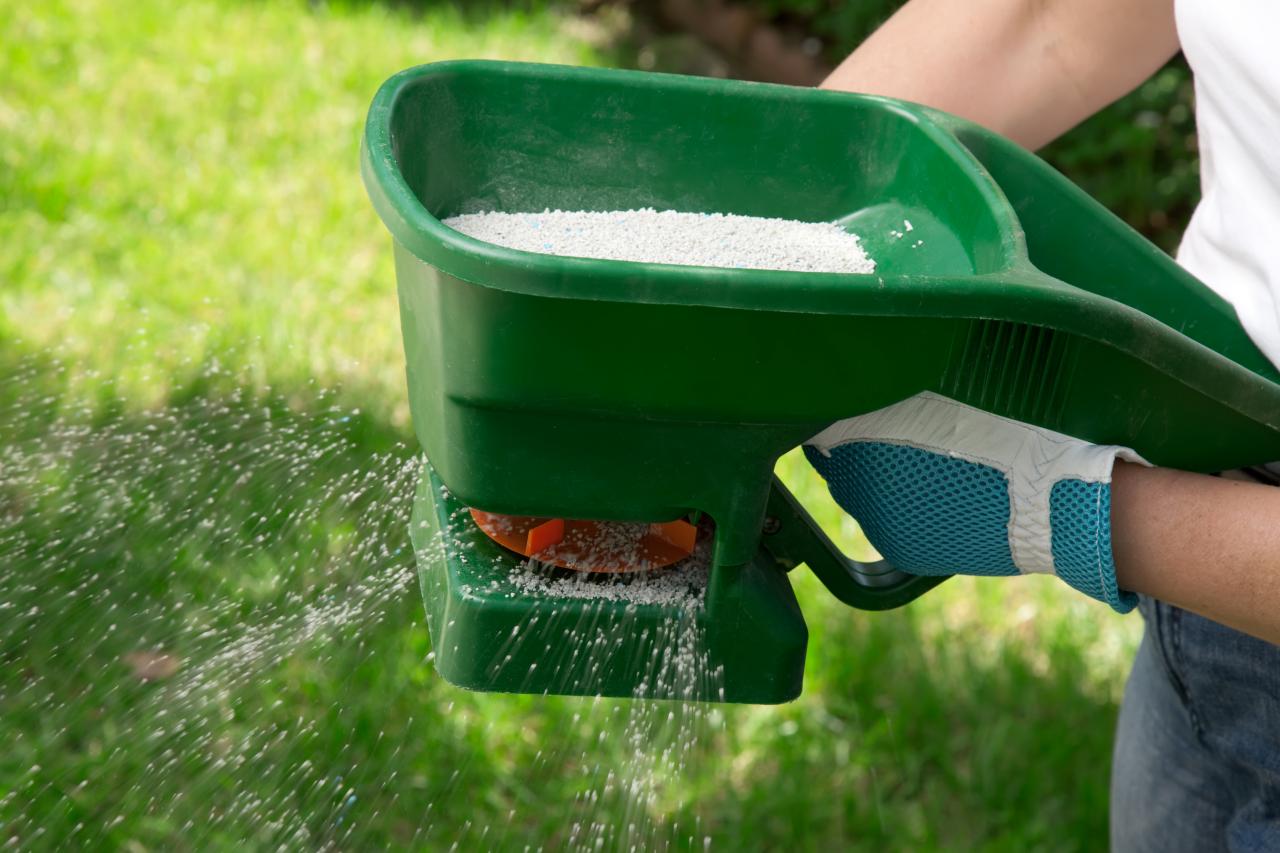
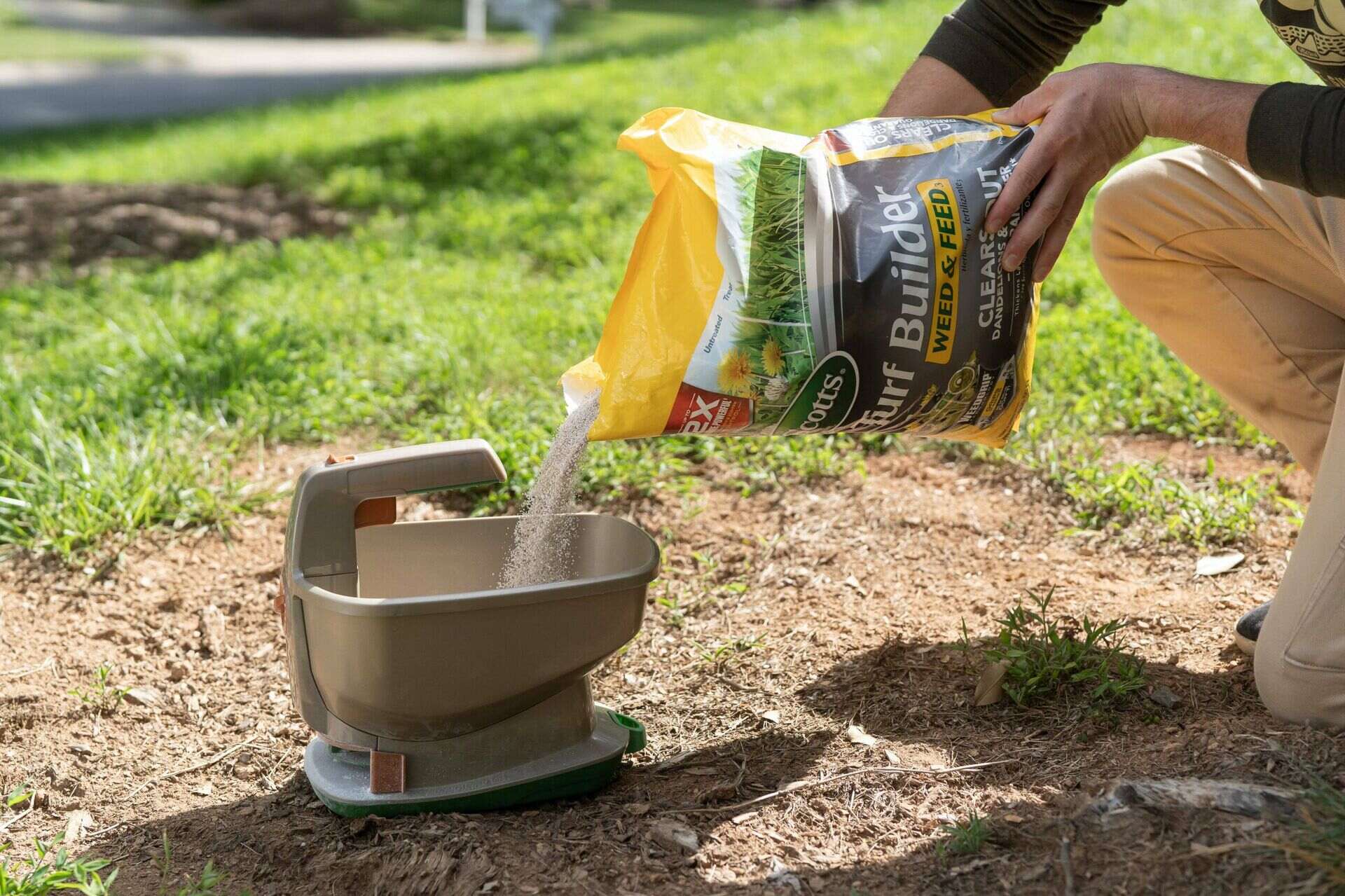
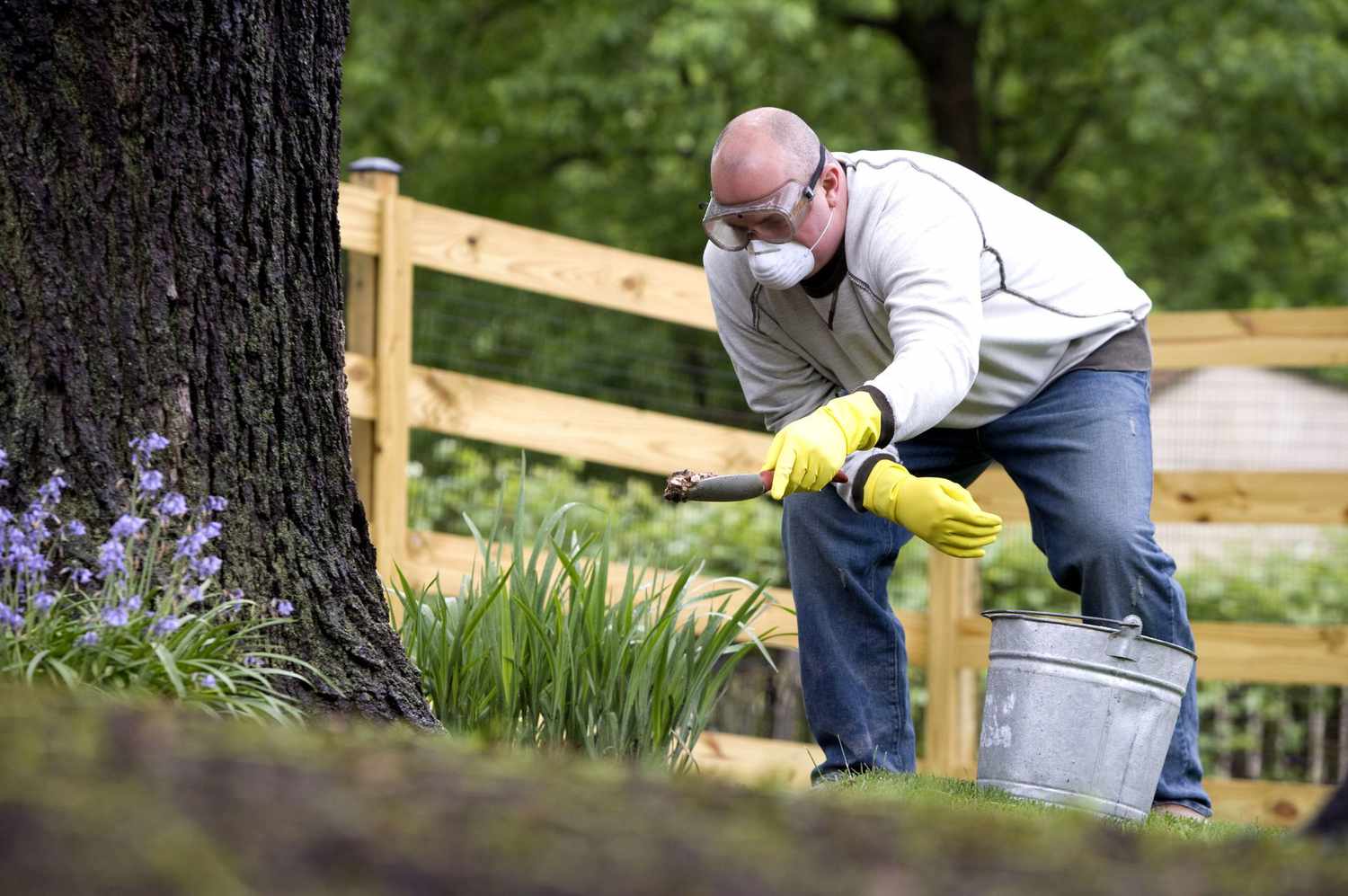
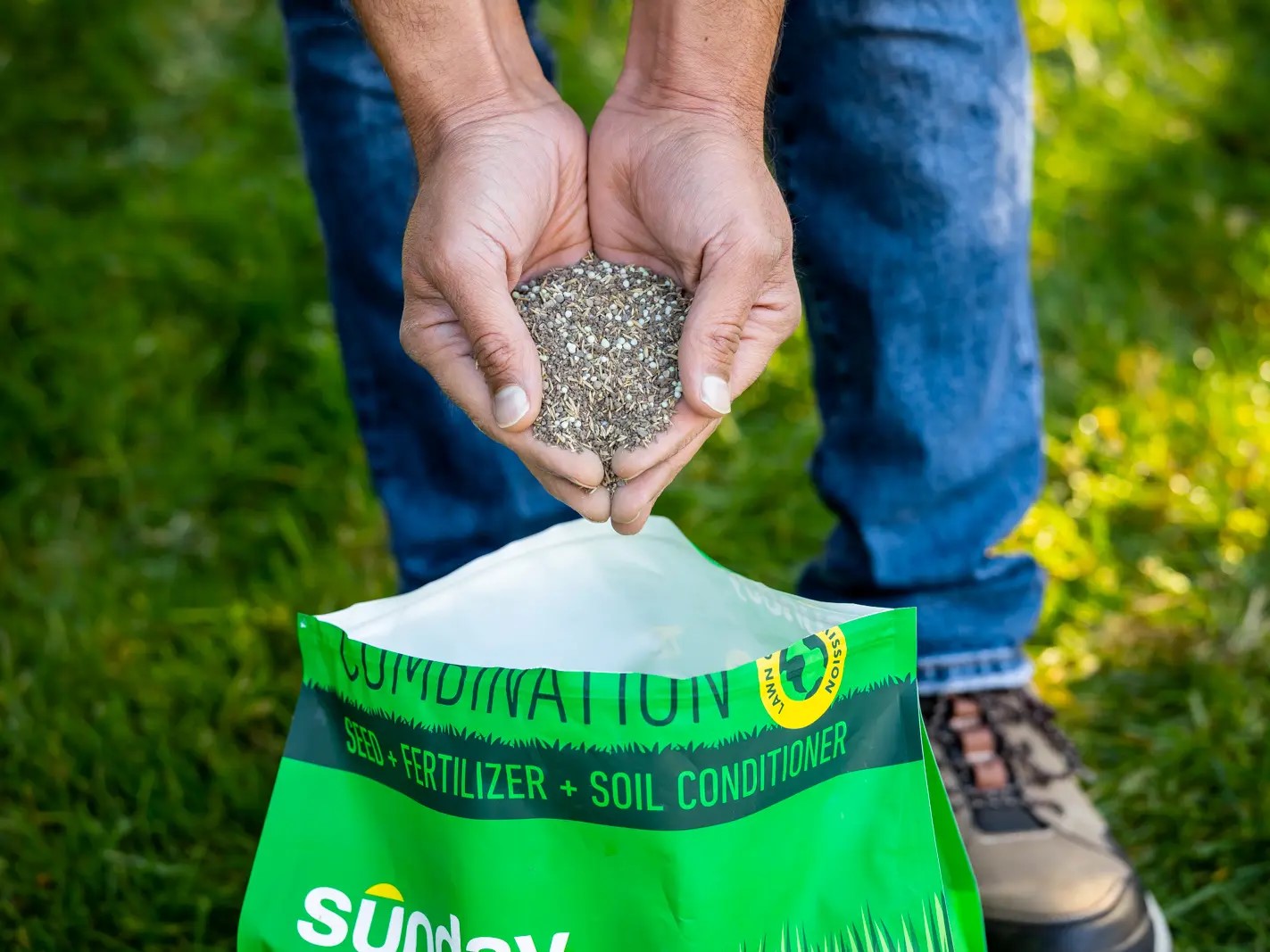
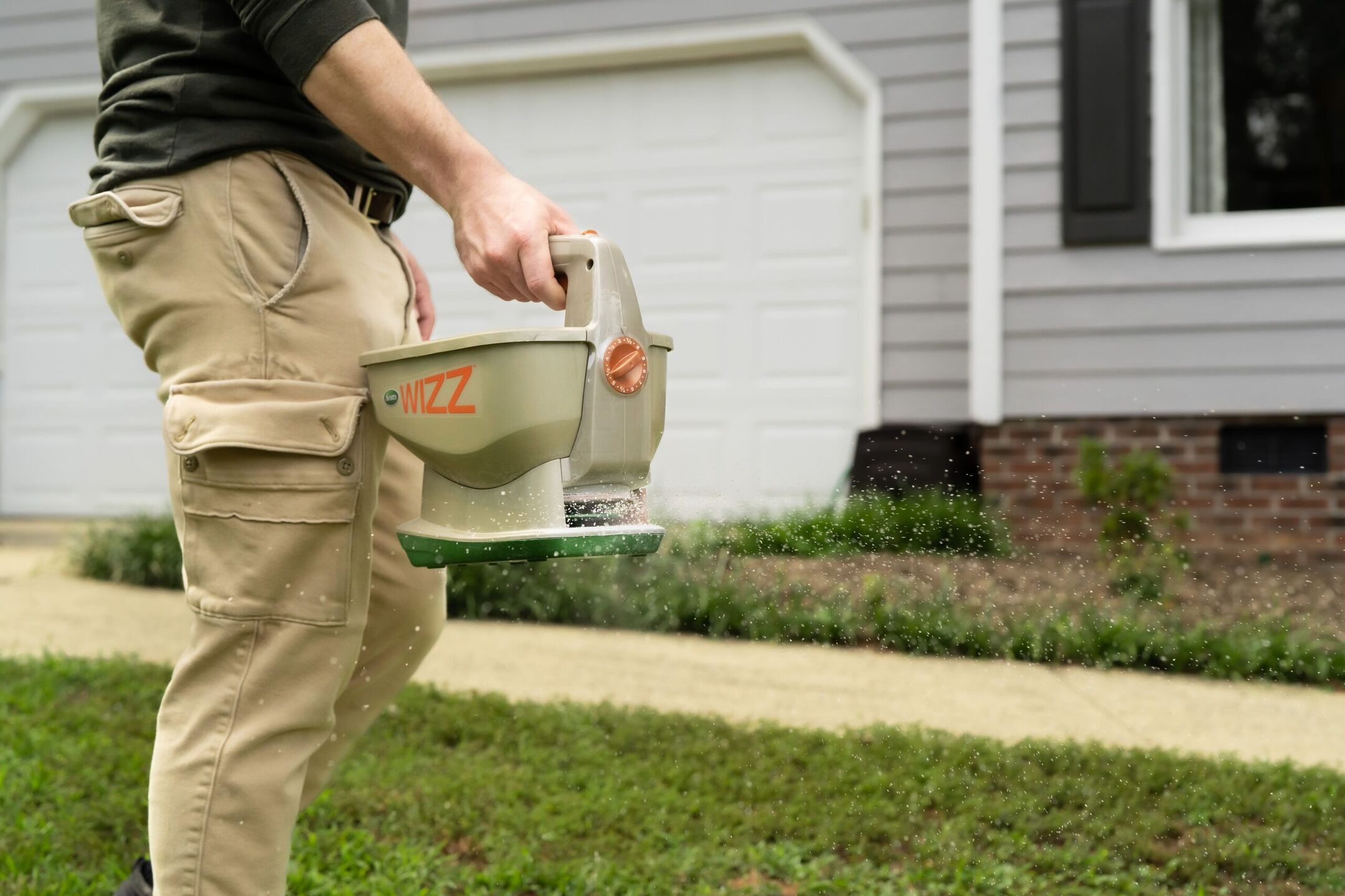
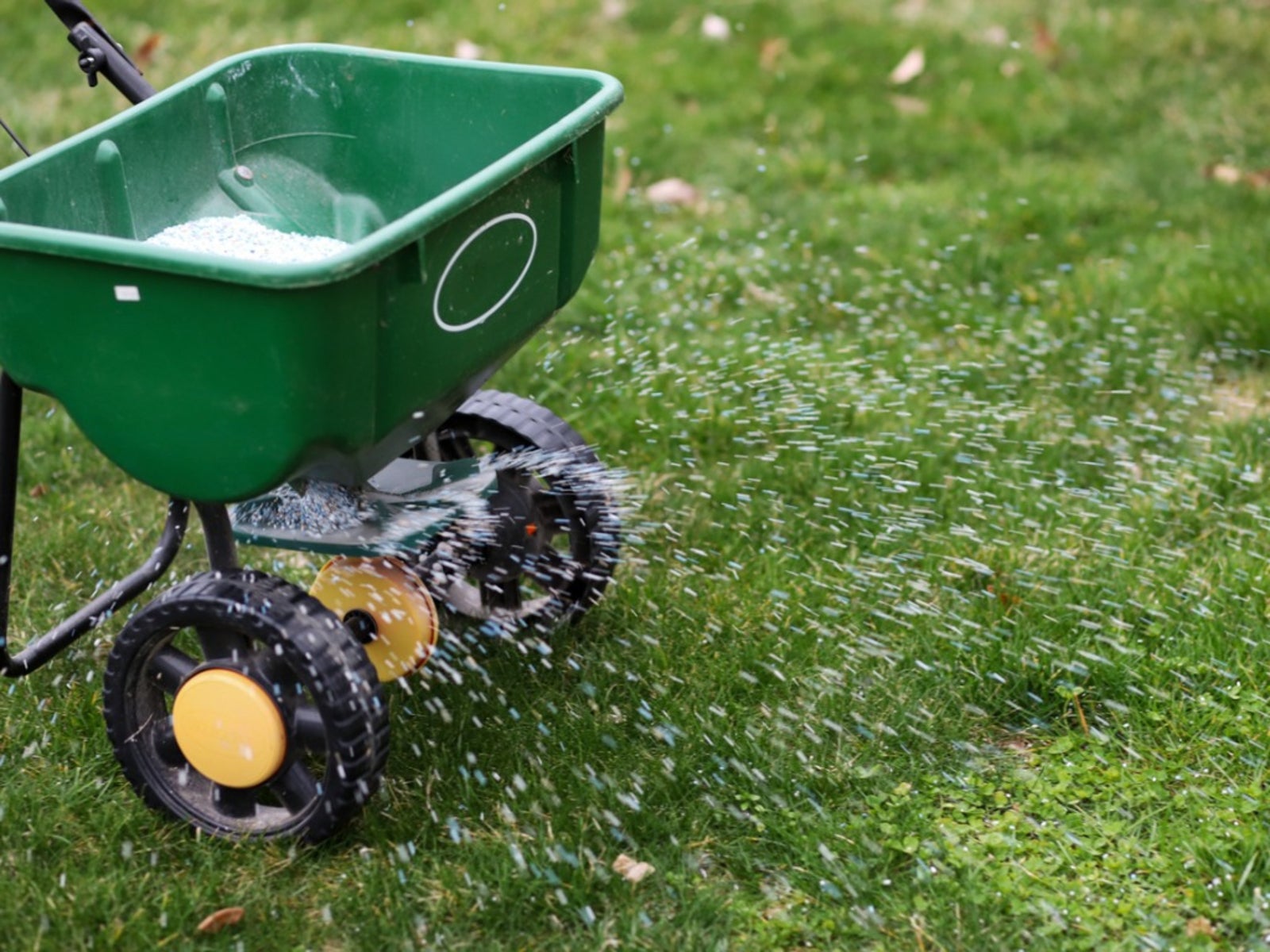
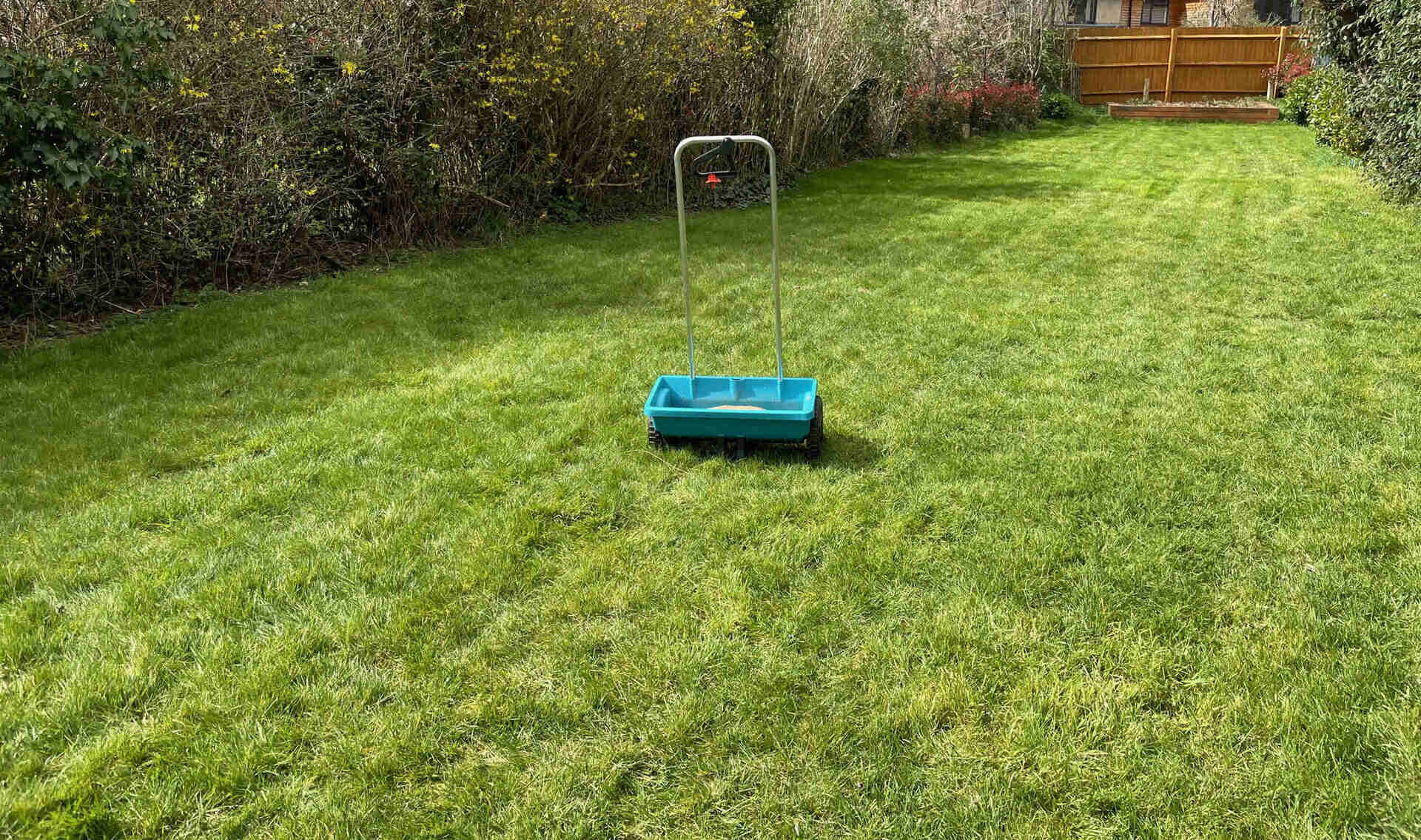
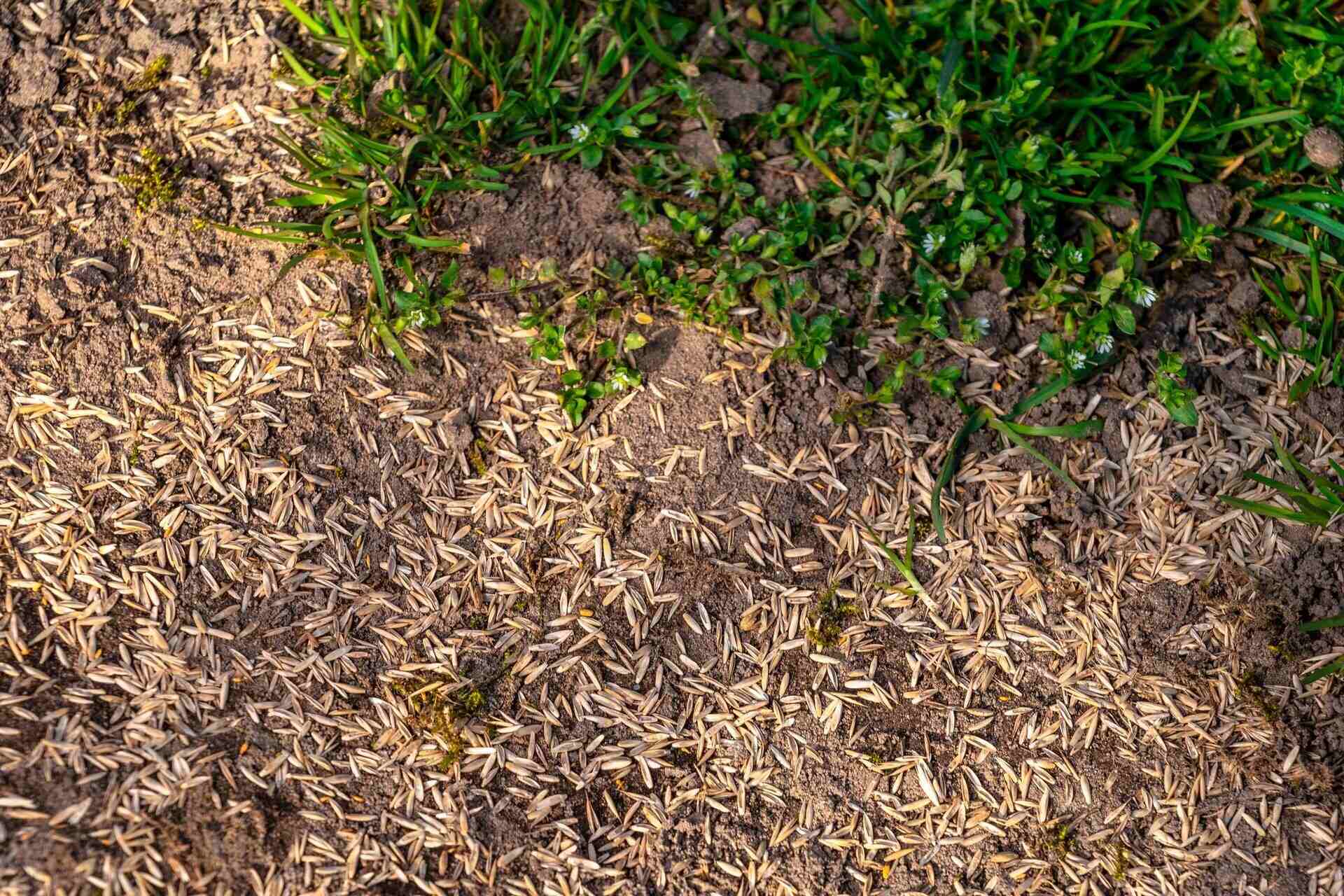
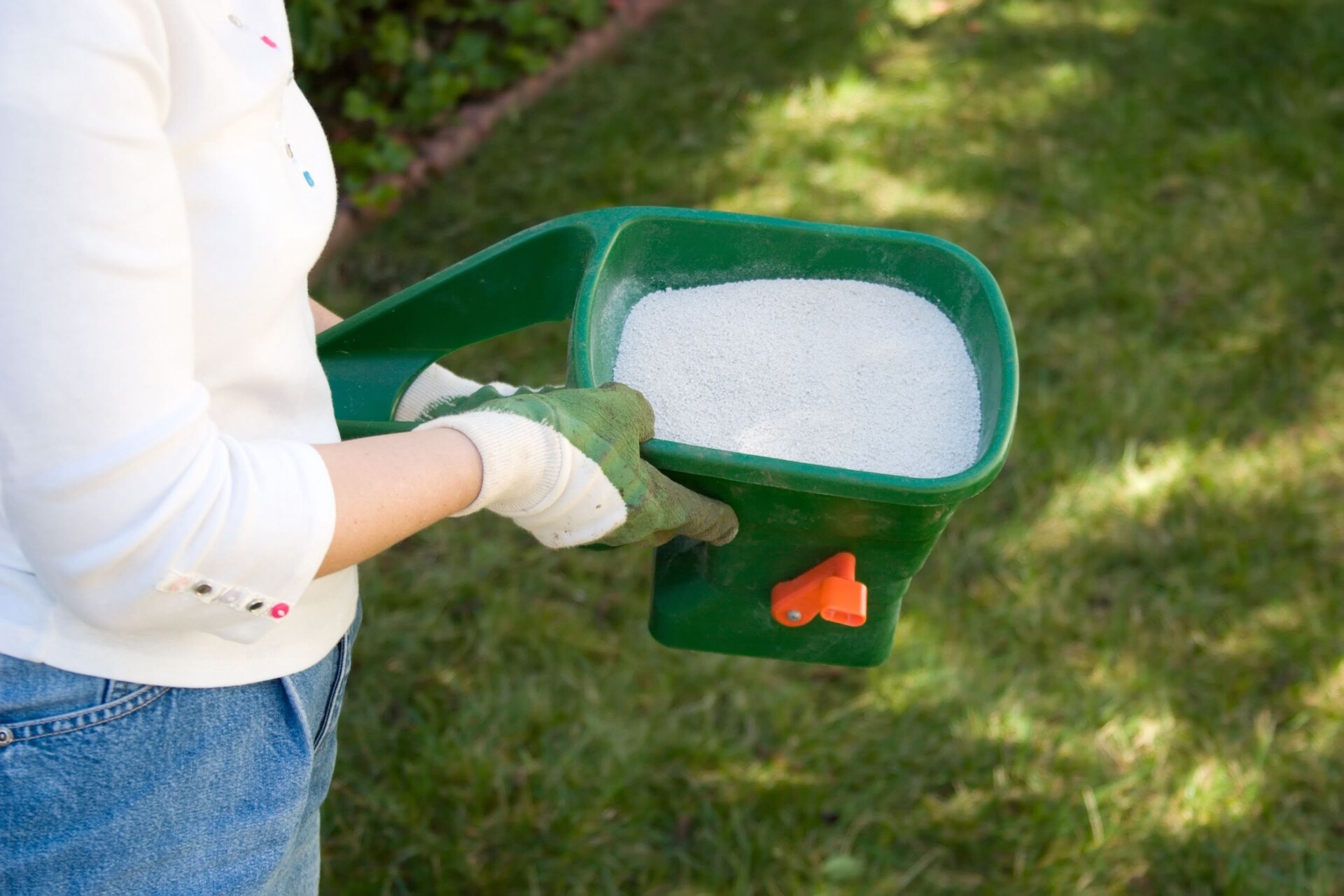
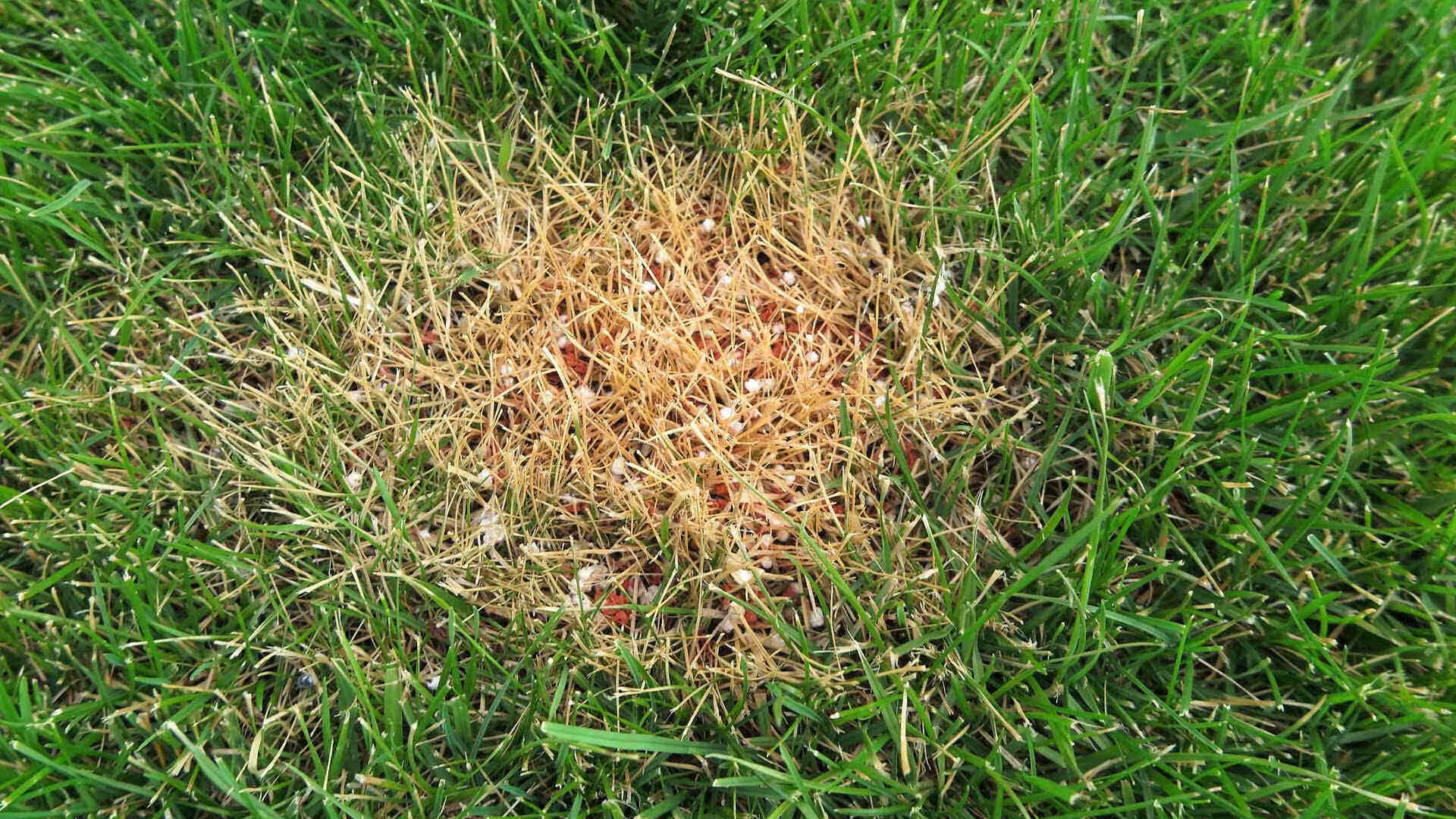
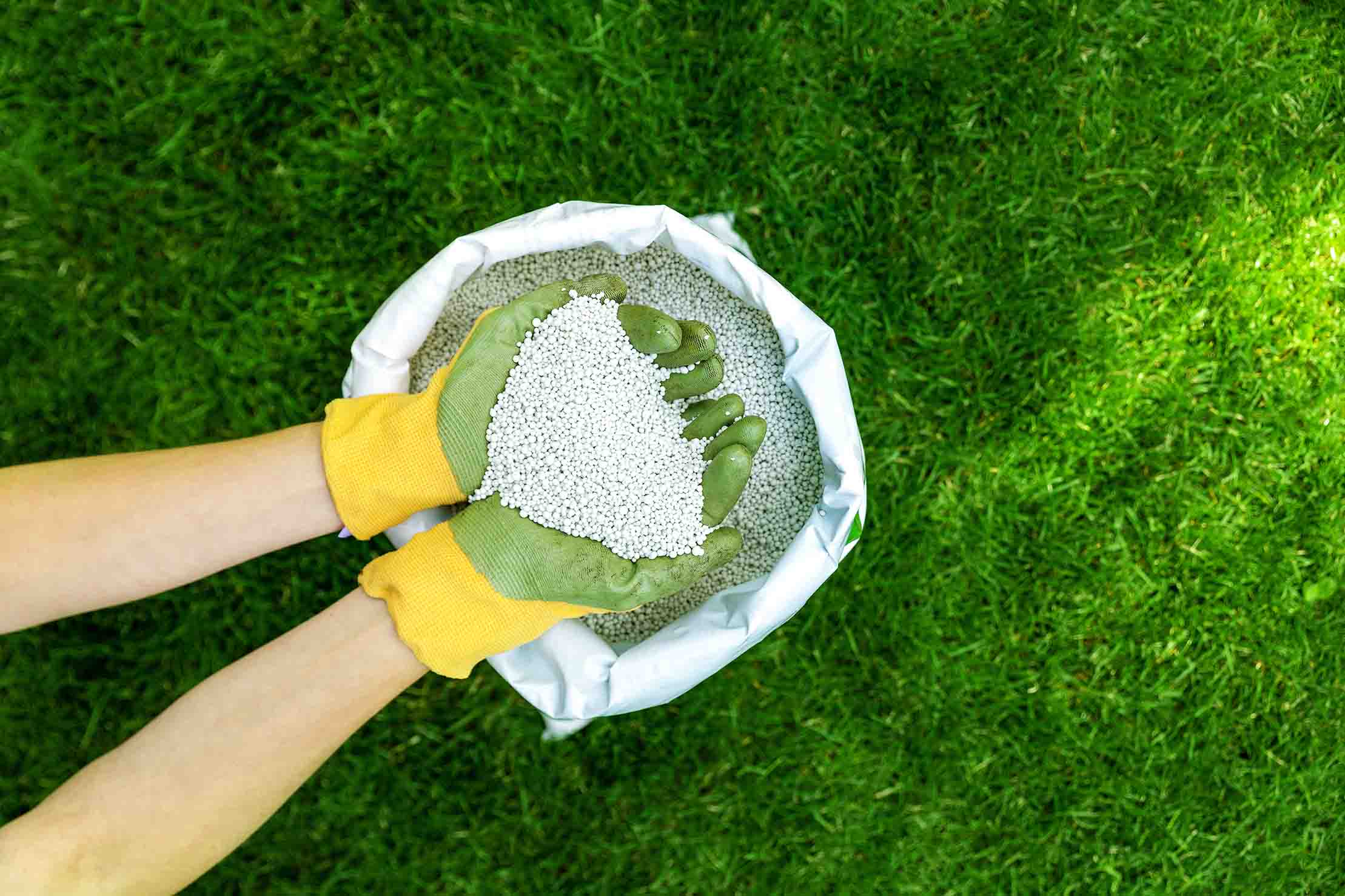
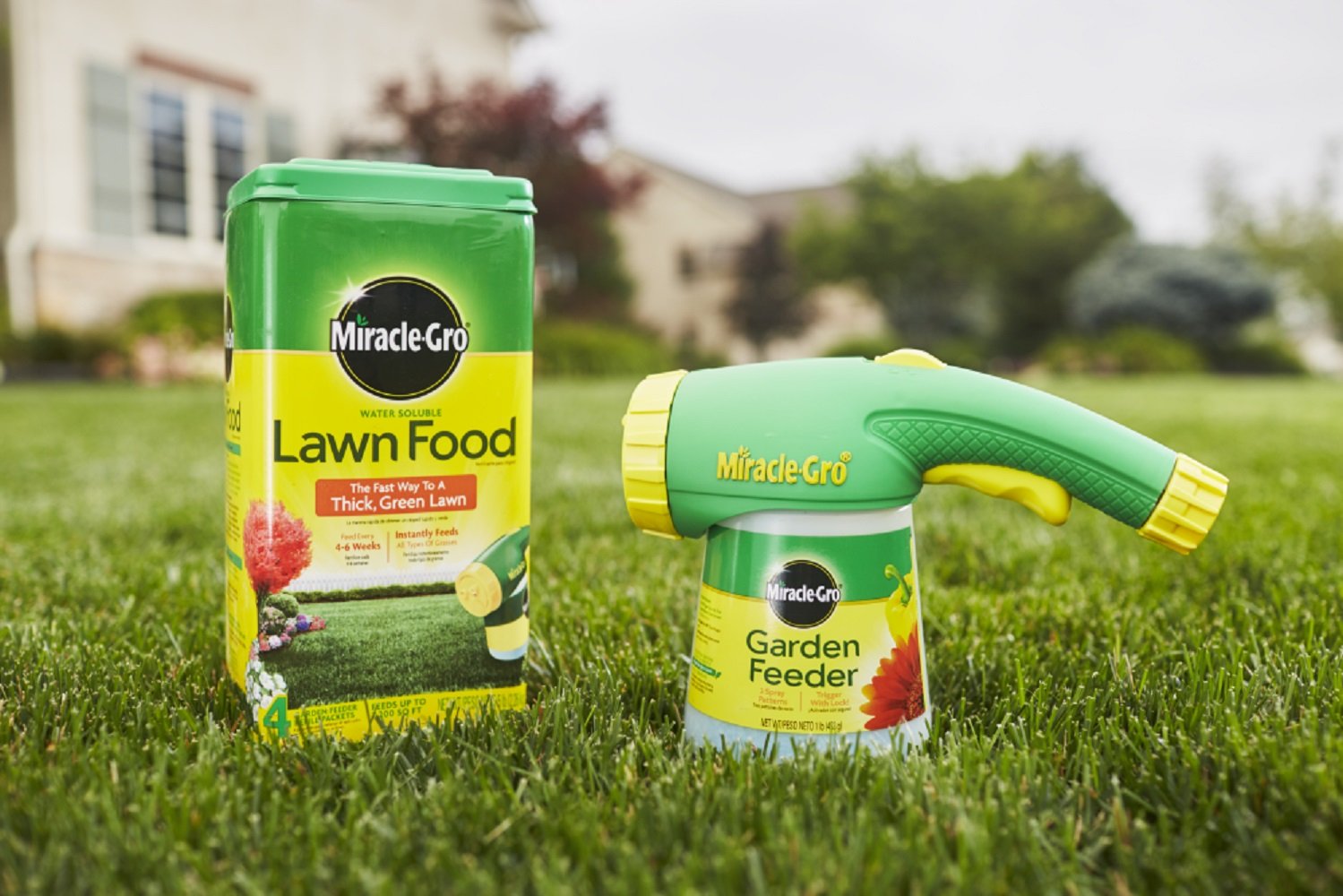
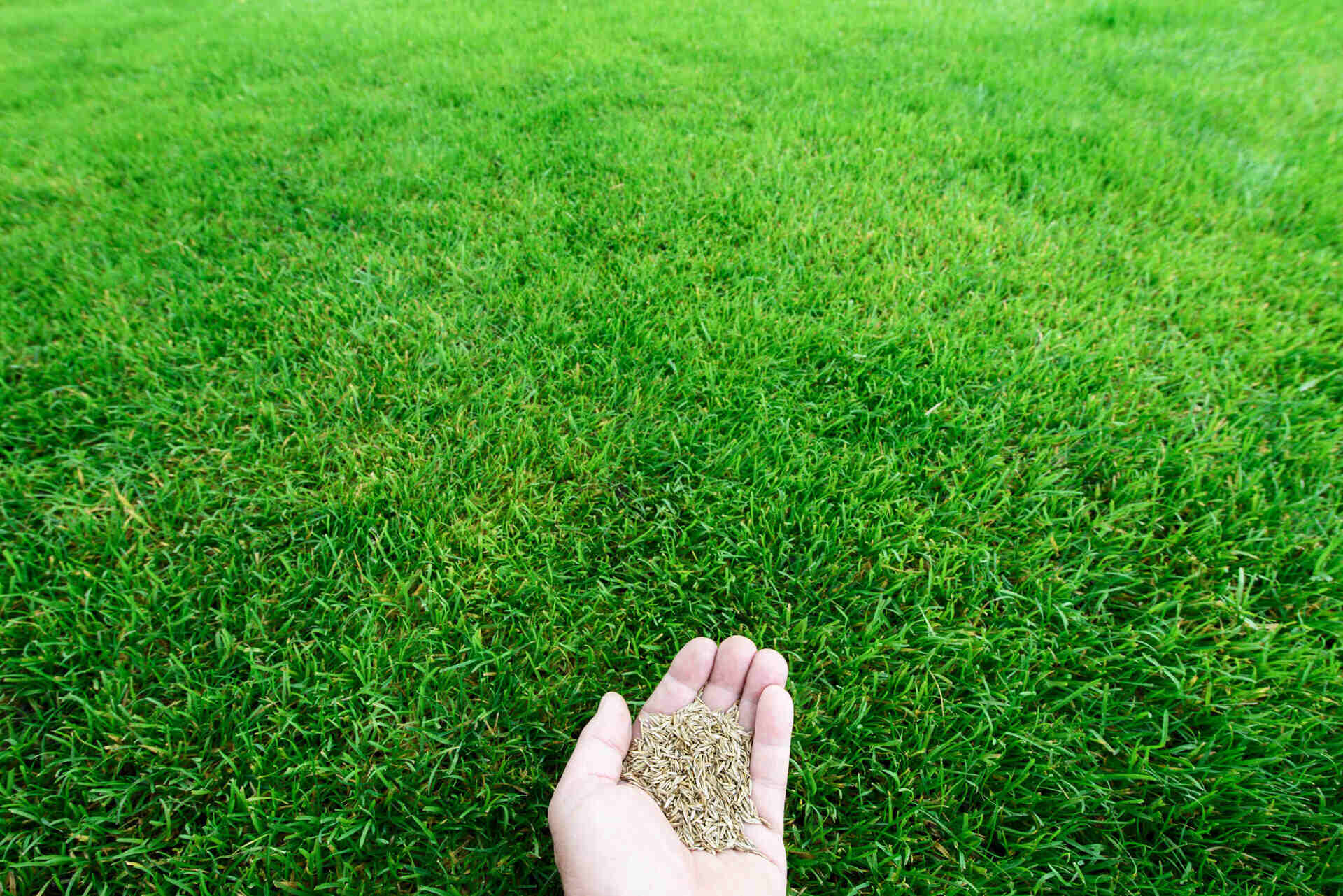
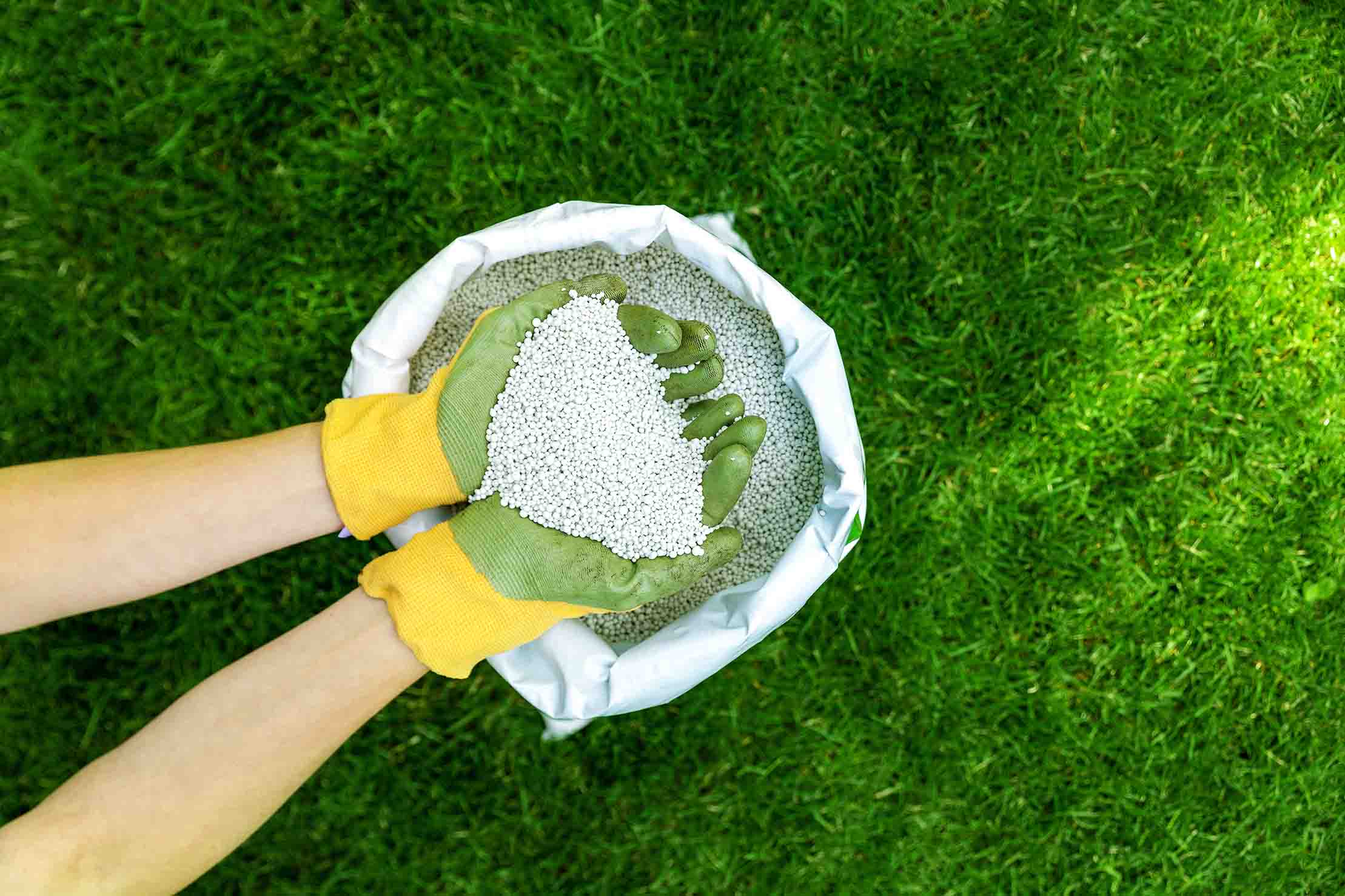

0 thoughts on “When To Put Fertilizer On Lawn”